THE ESSENTIALS
In the first of this three-part series, the importance of water chemistry was discussed, together with how water quality could be maintained so that fishes remained healthy. The many types of commercially-available filter equipment were enumerated as well. Other elements of filtration are then to be explored.
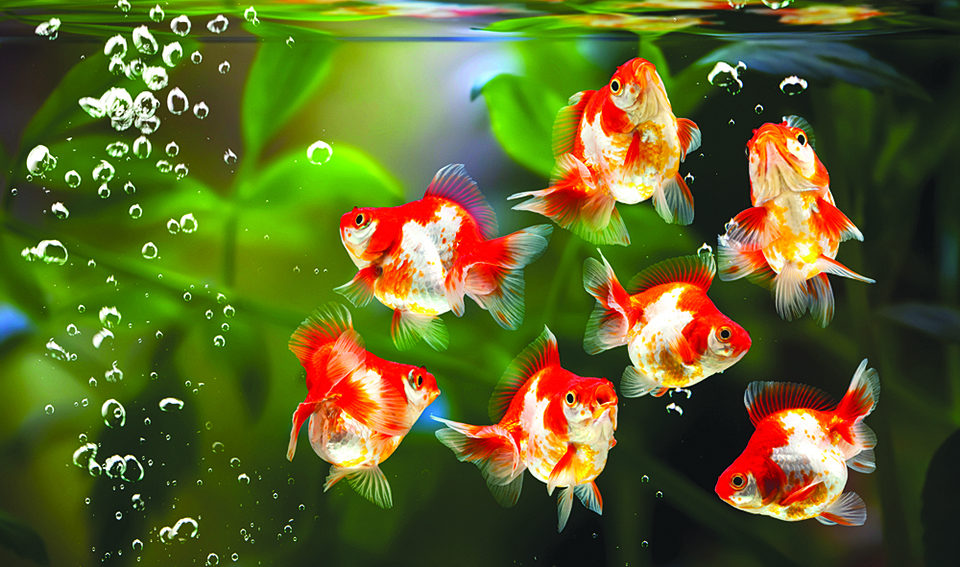
FILTER MEDIA
A filter medium is any material that, when placed in a filter case, changes the quality of water flowing through it. Different types can be used to create custom environmental conditions in an aquarium.
These are the three main types.
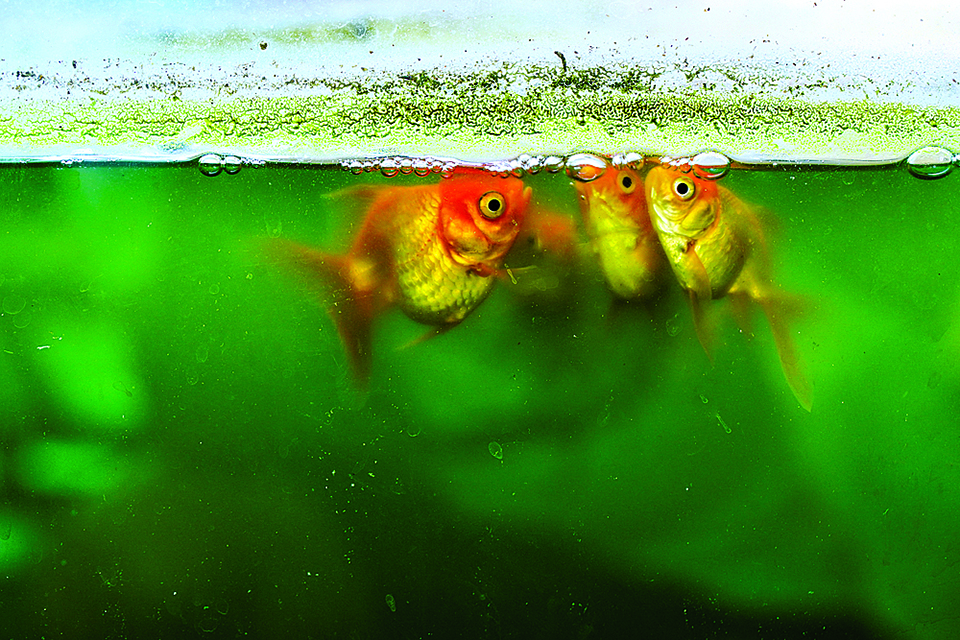
MECHANICAL FILTER MEDIA
These remove unpleasant particles from the aquarium, including fish waste, sludge, uneaten food, and decaying plants. When aquarium water is passed through mechanical filter media, the debris is strained out.
To prevent build-up, the filter media must be regularly cleaned. If neglected, the water quality becomes greatly diminished.
Mechanical media are inert by structure, which means that the material does not interfere with the tank’s water chemistry.
They are made with different porosities to control the particulate size of the debris to be filtered. I use several grades of the porousness of the media, starting with coarse to fine. Coarse media is easier to clean and reuse than finer media.
Coarse media are sometimes used for biological filtration. They filter large debris, making it possible for medium and fine media to get cleaned less often. Examples include Japanese mats, black filter pads, pebbles, and small rocks.
Medium to fine types clean visible debris and fine particles to create clear water. Filter floss with different pore densities is the most popular.
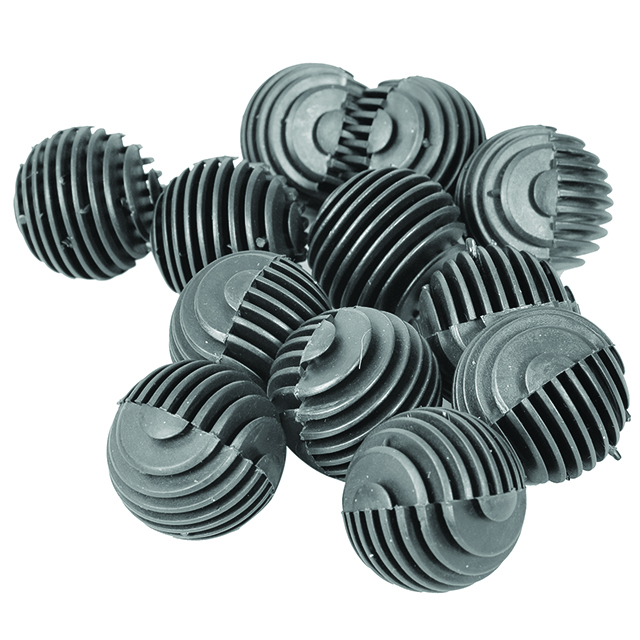
BIOLOGICAL MEDIA
Biological media are inert materials. They provide housing for nitrifying bacteria that break down nitrogenous toxins to less toxic forms. These are media that should not be replaced unless they become too clogged or damaged.
They are submerged with multiple channels and pores, creating a wide surface area for bacteria to grow on. A filtration flow system provides what bacteria need to thrive, such as food and oxygen.

Different varieties of media are available for housing bacteria commercially. Small biological media have a more extensive surface, therefore providing more good bacteria, although they are more susceptible to clogging. On the other hand, bio-balls, for example, do not have a wide surface area, but they are unlikely to clog and seldom need replacement.
Popular biological filter media include K1 kaldness, ceramic rings, Japanese mats, lava rings, bio balls, bakki rolls, pot scrubbers, sponges, black foam, river sand, and pebbles.
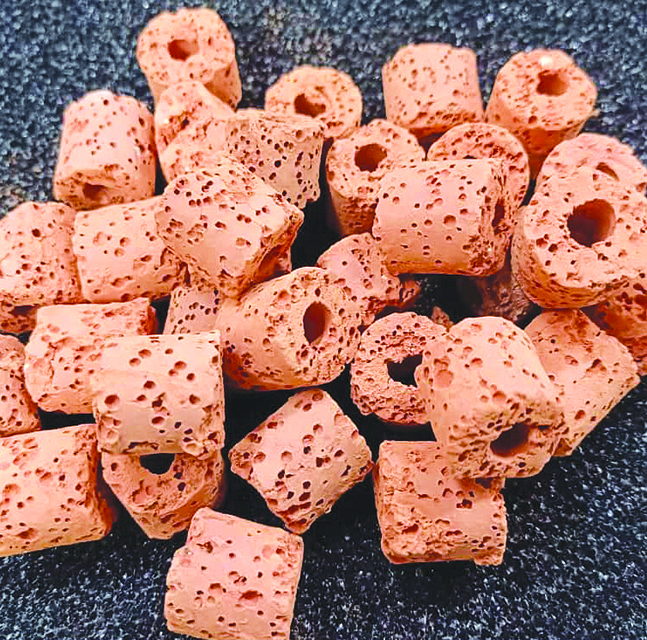
CHEMICAL MEDIA
Chemical media remove dissolved waste and impurities from the water.
The most used chemical medium is activated carbon. Carbon is very effective at removing odor, discoloration, medication, and other chemicals. They are ineffective in removing certain trace elements and micronutrients. Activated carbon binds and removes dissolved particulate matter.
Zeolite is also a popular chemical medium. Learn to use them well, especially when recharging zeolite using salt, since it can become harmful to the tank when not used properly.

Crushed coral is not usually considered a chemical medium: It doesn’t remove chemicals, but it alters the chemistry. It’s great for stabilizing pH, preventing very low levels that can be detrimental to the health of fishes, such as goldfish, African cichlids, and livebearers. You can safely use crushed coral to increase the pH or KH. Marble and calcium chips also work well for the same purpose.
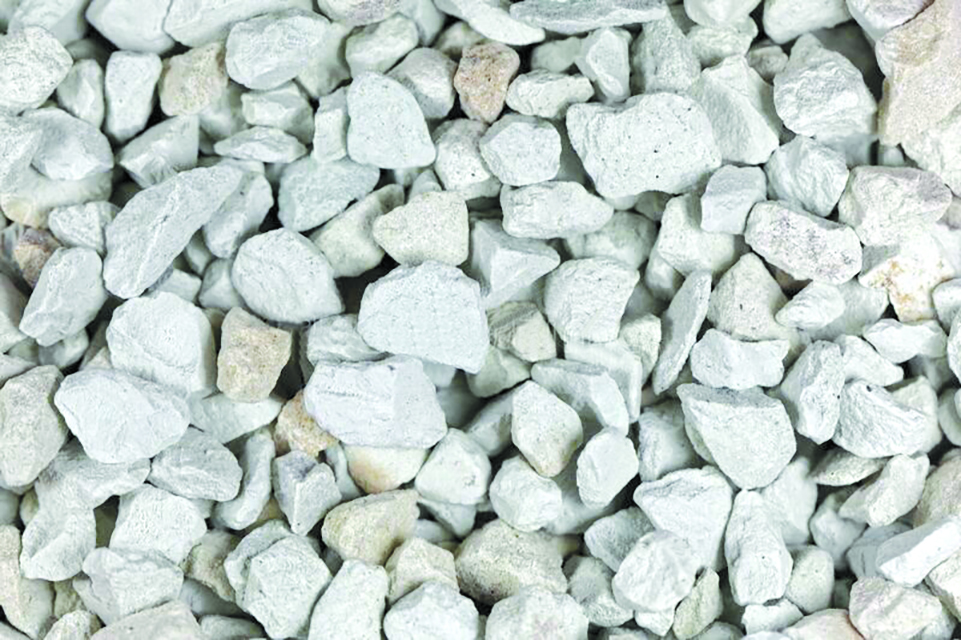
In western countries, peat and peat granules are used to lower the pH. Peat releases tannic acid and tannins. The tannic acid uses up KH, allowing the pH to drop. It also discolors water, sometimes very significantly.
Here in the Philippines, the most popular item to lower pH are Talisay leaves, also known as Indian or tropical almond. Same as peat, they also cause water to change color due to staining.
TANKS AND PONDS
There are two categories of goldfish that should be considered when one is deciding on the size of the tank. Goldfish are robust eaters, which means they will contaminate the tank due to their waste. Oxygen levels should be abundant. Because of this, surface area is important.
Shallow tanks are suitable for goldfish based on their tail and body shape, such as Ranchu, Lionhead, Celestial, and Bubble eyes. Twelve inches is the ideal height. The minimum length would be 24 inches, while the width is at 20 inches.
Deeper tanks that are 18 to 24 inches deep are great for goldfish such as Oranda and Ryukins. Minimum length and width are the same as above.
MATERIALS FOR TANKS AND PONDS
PONDSGLASS
This has the best value overall. It is affordable, easy to repair, easy to clean, and movable. It provides a clear view and is aesthetically appealing.
However, it is prone to breakage, dangerous for kids, and easily stained with watermarks. It also comes with a limited design.
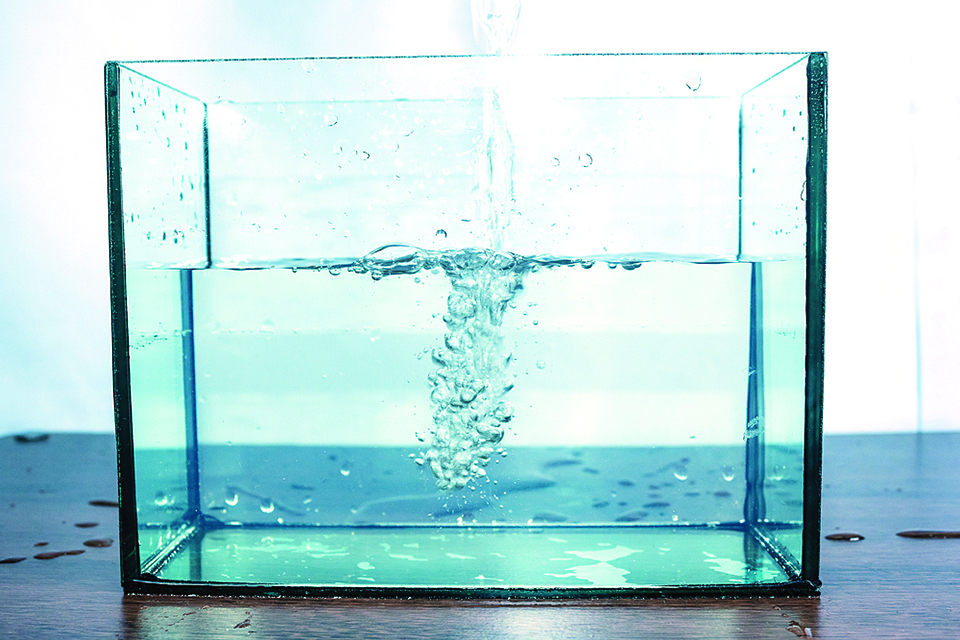
ACRYLICS
Acrylics are expensive, but they provide a clear view and are also pleasing to the eye and are movable, not to mention easy to clean. Cons include being easily scratched, and they are hard to repair.
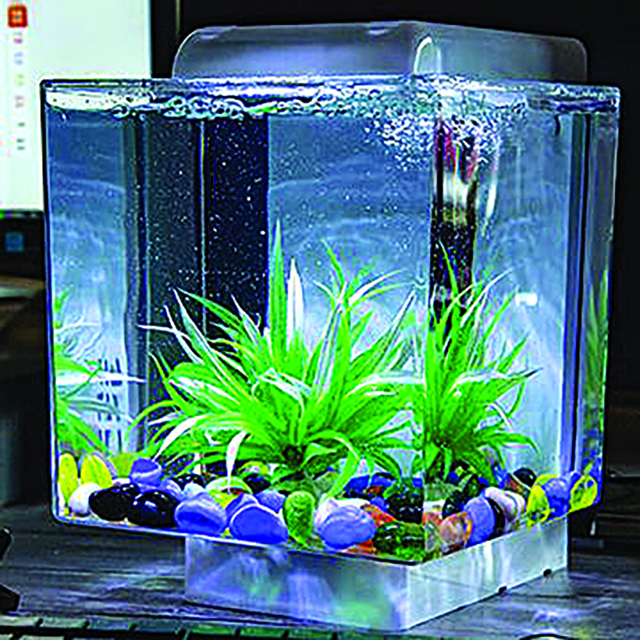
CONCRETE PONDS
They are inexpensive, durable, easy to repair, and provide good temperature retention. However, they are prone to cracks when not constructed properly, they consume more space due to the thickness of the pond walling, and are not movable. Cleanliness is also harder to maintain.
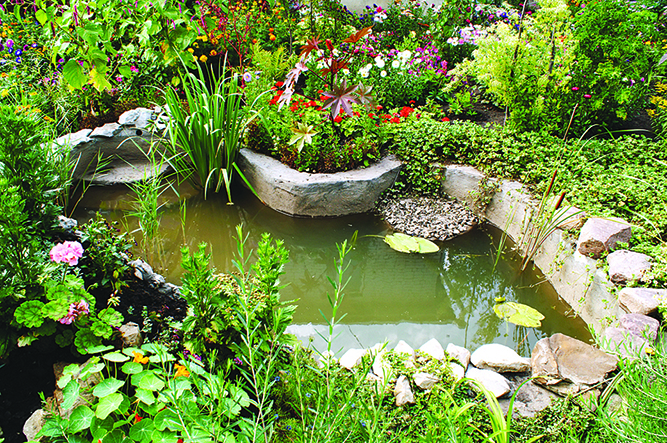
PLASTIC TUBS
These are inexpensive, easy to maintain, and are movable. Cons include the fact that they cannot be repaired, and they have a tendency to deform and become brittle over time.
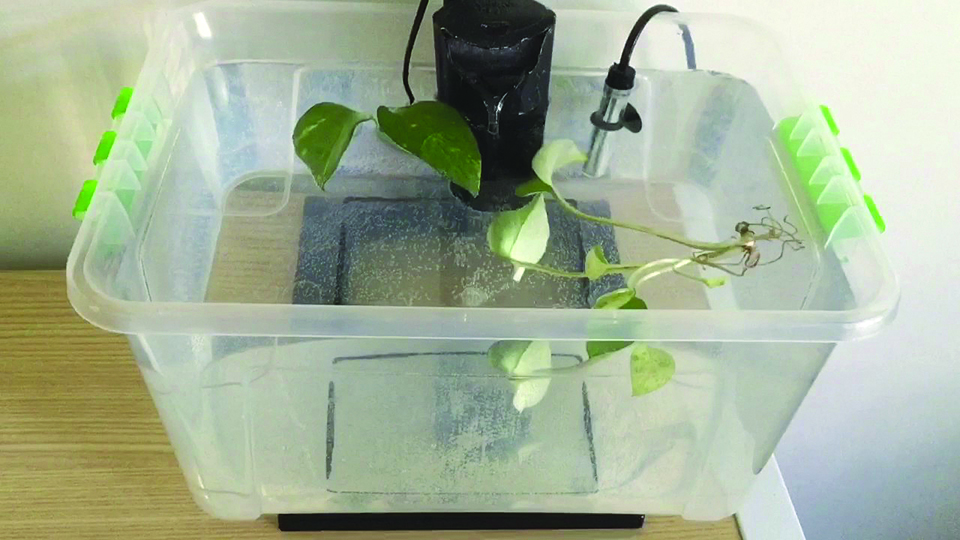
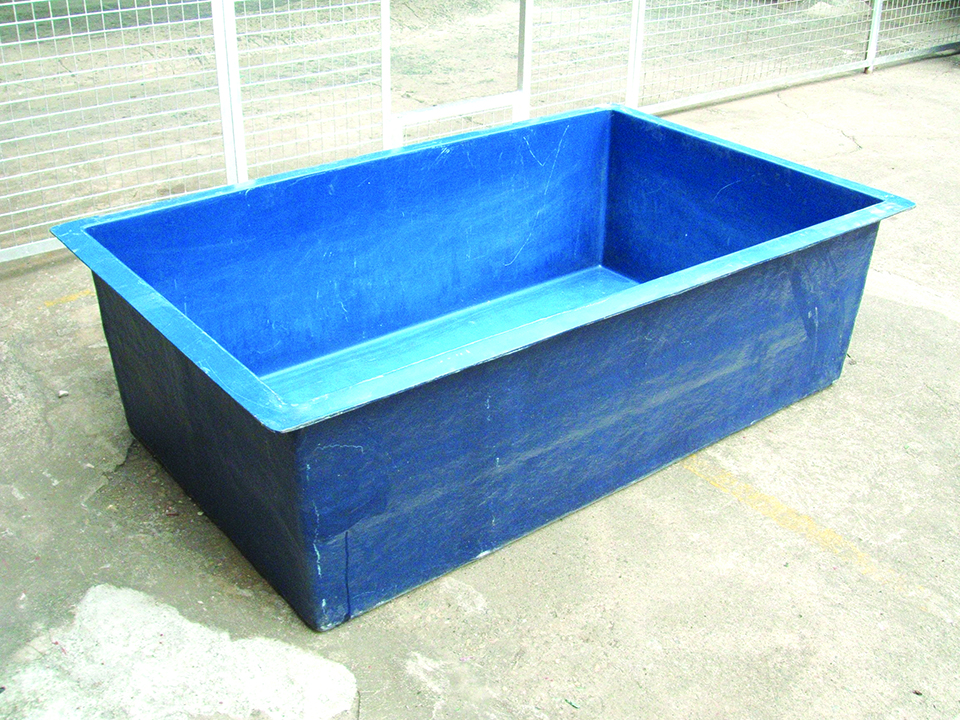
FIBERGLASS PONDS
Fiberglass ponds are durable, easy to maintain, easy to repair, and movable. They are also a good investment, as they tend to get more expensive with time. However, they are initially expensive, and it’s not easy to find a fabricator.
AIR PUMPS
A very important piece of equipment to invest in is the pump. There are two popular types: air-driven and submersible.
Air pumps are inexpensive and have less amount of wattage, making them more cost-saving than submersible pumps. Submersible pumps provide the power to make large tanks and pond filters very effective.
The basic function of an aquarium air pump is to force in air needed for all types of filtration. It also creates bubbles that provide a great amount of oxygen due to the water movement it provides.
There are several types of air pumps
SINGLE OR DOUBLE AIR PUMPS
They are magnetic motor driven. They are also silent and inexpensive. The main problem arises when the rubber inside starts to wear down. Before, we used to replace their rubber caps, but nowadays, single pumps have become disposable.

COMPRESSOR TYPES
Also driven by an electric magnetic motor, they are bigger and they use replaceable diaphragm type flaps. They can create a lot of irritating noise, but a new silent type is available. I used the silent type for my backup aeration and am very pleased with its performance.

BLOWER TYPE
Blowers are designed to provide large volumes of air at low pressures.
They are mostly used by pet shops and pond owners. I personally avoid blower types because of their high electricity consumption and the noise they emit.
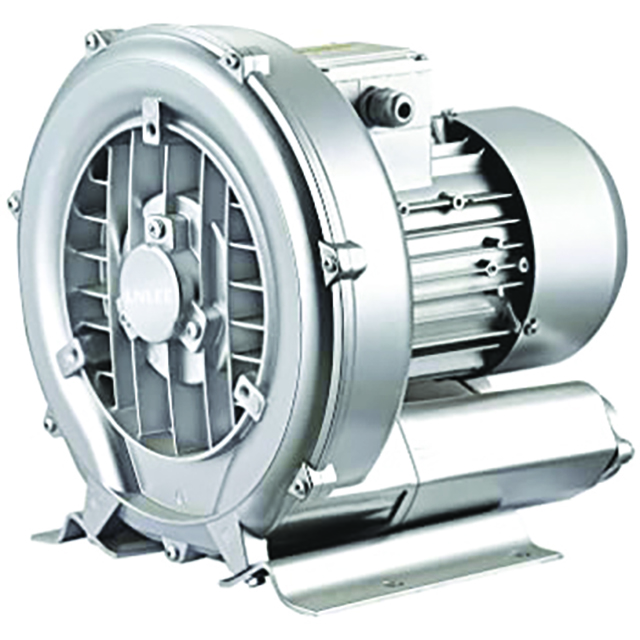
SUBMERSIBLE PUMPS
Submersible pumps are more efficient than air-driven pumps because of the power they provide. Most submersible pumps are designed with a Venturi effect, providing more oxygen. There are so many power wattages and brands available, with different attachment effects, for individual needs. Submersible pumps are generally durable.In the next article, there will be more information for a fundamental setup for goldfish, including tips.
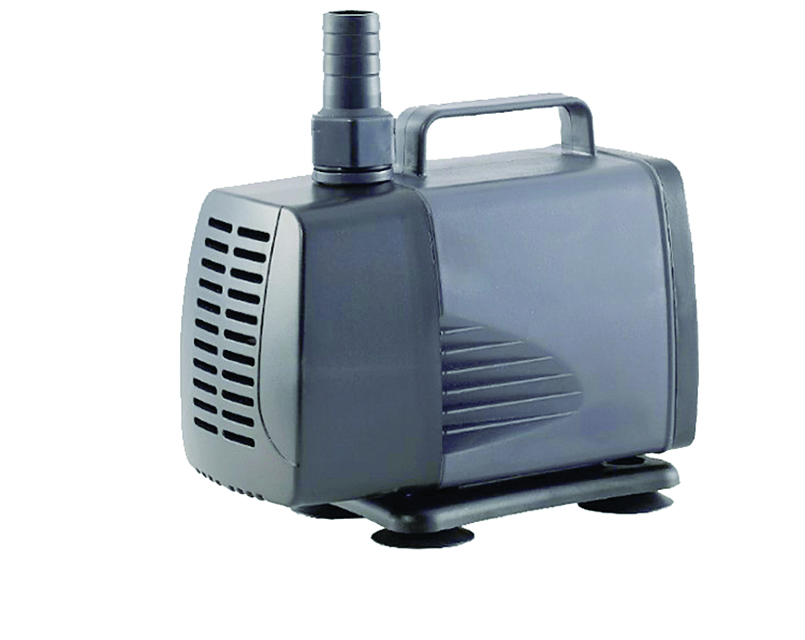
For questions, please email [email protected].“When pride comes, then comes disgrace, but with the humble is wisdom.” Proverbs 11:2 ESV






